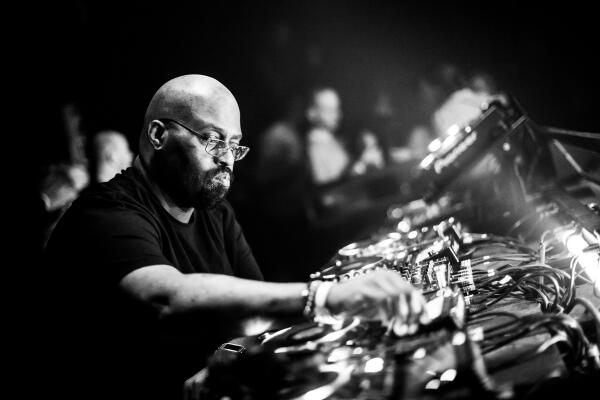Within the sonic tapestry of H Roof, where each beat tells a story, we delve into the technical roots of House in this edition of “Know Your Music.” From examining its historical context to understanding its significance in the music scene, we immerse ourselves in the sonic architecture of a genre that has left an indelible mark on global musical culture.
Historical Context: The Electronic Production Revolution
Emerging in Chicago during the 1980s, House represented a turning point in music production. In a dynamic cultural and social environment, producers like Frankie Knuckles and Larry Heard embraced emerging technologies such as synthesizers and drum machines to create a unique fusion of disco, funk, and electronic elements.

Significance for the Music Scene: Transforming the Nightclub Experience
House not only revolutionized music production but also redefined the nightclub experience. The introduction of repetitive rhythms, pulsating synthesizers, and vocal samples marked a significant transition from disco, emphasizing a sensory experience and a direct connection with the audience.
House’s significance in the music scene extends beyond the realm of production; it has been a transformative force in reshaping the very fabric of the nightclub experience. As the electronic heartbeat of House pulses through the speakers, it creates an immersive environment where beats are not just heard but felt. The genre’s emphasis on communal energy and the visceral connection between the music and the audience has turned nightclubs into sanctuaries of sonic exploration. In this sonic metamorphosis, House has elevated the dance floor to a sacred space where individuality dissolves, and a collective euphoria takes center stage. The transformative power of House lies in its ability to turn the mundane into the extraordinary, changing forever the music scene and creating a new wave of nightclubs with it, such as Ministry of Sound or Fabric in London, Space in Ibiza or Output in NYC.
Evolution: From Origins to Contemporary Variants
Over the years, House has undergone constant evolution, giving rise to various subcultures and sub-genres. From Deep House, exploring more melodic soundscapes, to Tech House, with its focus on darker and minimalist rhythms, the diversity of House has become a driving force in contemporary electronic music.
Key Exponents: Masters of Electronic Production
The history of House is intertwined with names that have left an indelible mark on electronic music. From the pioneering early days of Frankie Knuckles and Marshall Jefferson to the ongoing influence of artists like Daft Punk and Eric Prydz, these masters of electronic production have sculpted the sonic landscape of House.
In Conclusion: A Technical Analysis of the Impact of House
From its modest beginnings in underground clubs to its current global status, House has proven to be a genre that transcends geographical and cultural boundaries. In our nightclub, we honor this tradition by integrating the latest innovations and classic masterpieces into our sessions, offering a unique and technical experience that resonates with electronic music connoisseurs.
Join us at H Roof, the most exclusive nightclub in Cancun, where the beats of House and other electronic genres come alive. Immerse yourself in a journey where technical resonance and pulsating rhythms meet, creating an unparalleled experience for music aficionados. Come and witness the convergence of science and art in every beat. Don’t forget to make a reservation and follow us on our social media to keep informed about every “Know Your Music” post!
